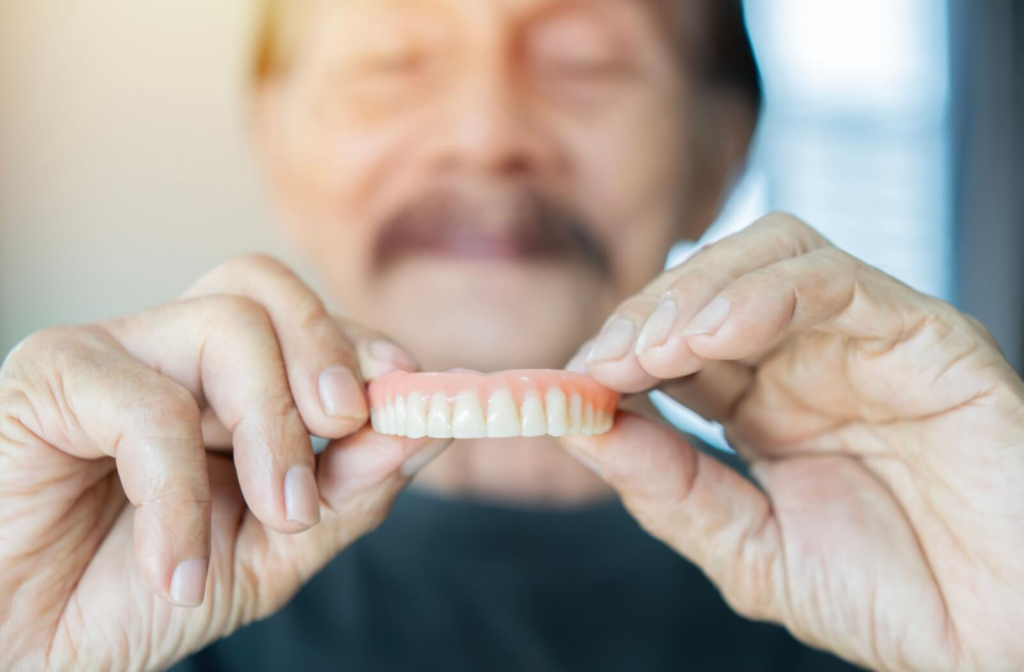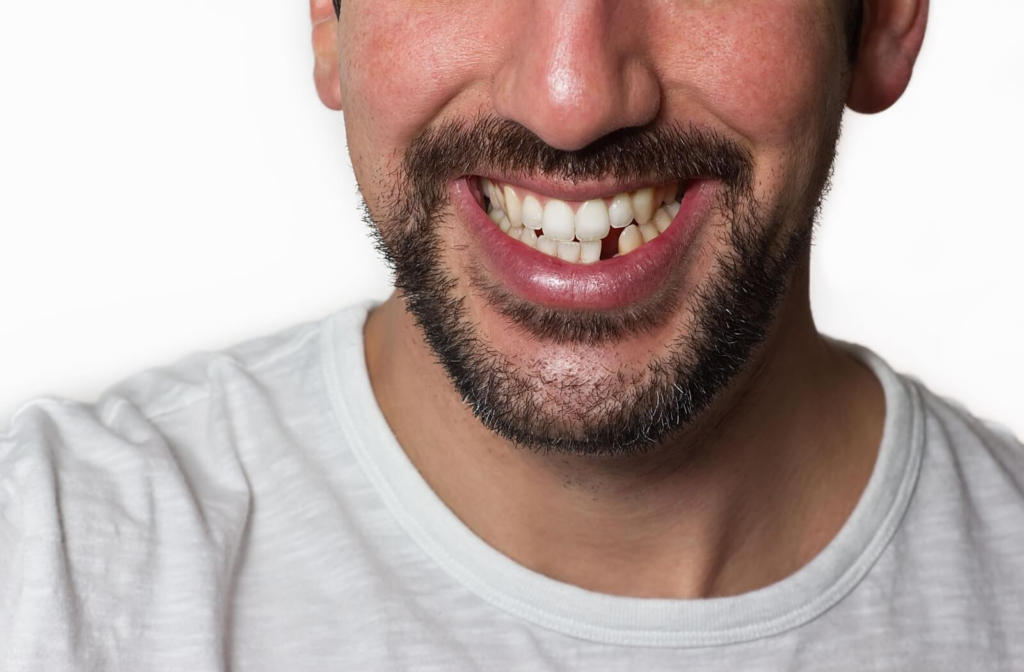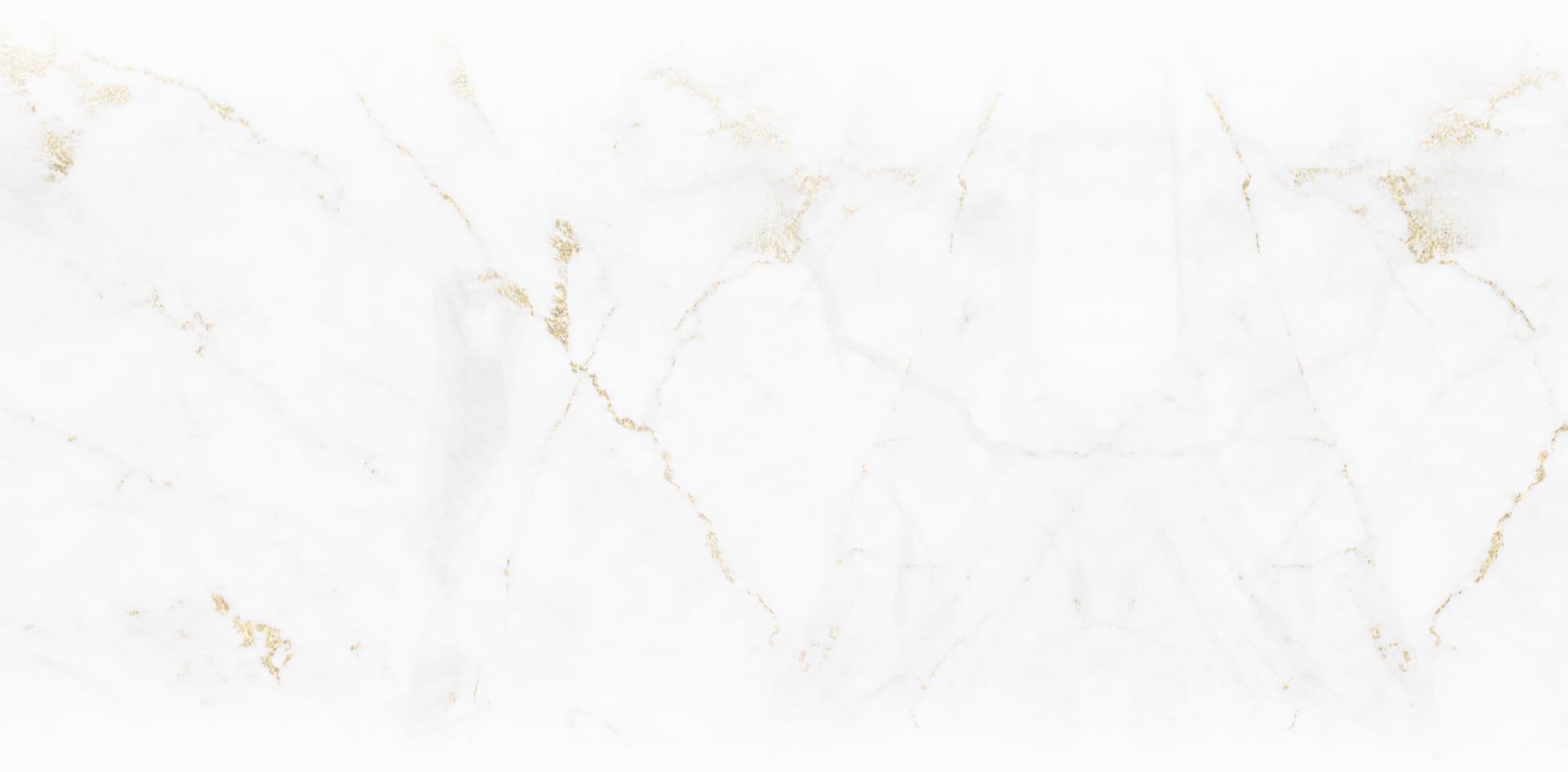Missing teeth can affect both a person’s ability to chew and the appearance of their smile. If you have missing teeth yourself, you may have wondered whether dental veneers are a possible solution.
Dental veneers are not designed to fix missing teeth. However, dental implants, dentures, and bridges can restore the look and function of a person’s smile. The correct choice depends on your circumstances.
What are Veneers?
Veneers look like thin shells. They are placed on top of damaged teeth to improve the appearance of your smile. Veneers are often used to cover up teeth that are chipped, cracked, or discoloured, or to improve the look of large gaps between teeth.
Not everyone is suitable for veneers. You may not be a good candidate for veneers if you:
- Have tooth decay or gum disease
- Tend to grind or clench your teeth
- Do not have much enamel left on your teeth
- Have extensive damage to your teeth (for example, a crown may be more suitable if a larger amount of tooth is missing)
Veneers must be brushed and flossed every day just like the rest of your teeth. You should also avoid hard and chewy foods if you have veneers, as they may damage the veneer.
Porcelain Veneers in Calgary
We offer porcelain veneers that can last 10 to 20 years with proper care. Porcelain veneers are stronger than composite resin veneers and are resistant to staining.
Options for Missing Teeth
Veneers can cover up imperfections on teeth, but they are not designed to replace missing teeth.
If you have missing teeth, your dentist may suggest a restorative treatment such as implants, bridges, or dentures.
Dental Implants
A dental implant consists of an artificial root, abutment, and replacement artificial tooth. Implants look and act much like regular teeth and require regular care and check-ups.
The dental implant process involves the following steps:
- Initial assessment: Your dentist will assess whether you are a suitable candidate for implants. They may take X-rays and examine your teeth and jaw.
- First stage: Your dentist will place the implant directly into your jawbone, underneath your gums, before stitching your gums back into place.
- Osseointegration: While you heal, your implant will fuse with the jawbone and gums. This can take multiple months.
- Second stage: After healing, your dentist will attach a post called an abutment to the implant. Sometimes, this post is attached in the same appointment as the first stage.
- Attaching the artificial tooth: Finally, your dentist places an artificial tooth on top of the abutment. Fitting this tooth to the abutment may require multiple appointments.
Like any medical procedure, certain risks are associated with dental implants. That is why regular check-ups are so important; your dentist needs to keep an eye on the health of your implants.

Dental Bridges
A dental bridge can replace a missing tooth or an area of missing teeth. Typically, a bridge gets anchored in place between two teeth or two implants. The artificial tooth or teeth, plus the crowns or implants, form a unified piece called a bridge.
A traditional bridge is held between 2 healthy teeth. The healthy teeth are filed down, fitted with crowns, and then used to anchor the bridge. If there are no healthy teeth available to hold a bridge, a dentist will likely suggest implants.
Like natural teeth, dental bridges should be brushed and flossed regularly. With proper care, bridges can last over 10 years.
Dentures
If you are missing several or all of your teeth, your dentist may recommend dentures. There are two main types of dentures:
- Complete dentures: This type of denture is designed to replace all your teeth. In Complete dentures are available in two types: conventional and immediate. Conventional dentures are fitted 8–12 weeks after tooth extraction, while immediate dentures are placed immediately after extraction.
- Partial dentures: This type of denture is designed to replace an area of missing teeth when the surrounding teeth are not suitable for holding a bridge. Partial dentures are held to surrounding teeth with a clasp.
Both complete and partial dentures are removable. They should be cleaned every day using mild soap or denture cleaner, not toothpaste.
Restorative Dentistry in NW Calgary
While veneers are not suitable for replacing missing teeth, modern dentistry offers treatments like implants, bridges, and dentures that can help restore appearance and function.
Kensington Dental Care in NW Calgary offers both cosmetic services (such as veneers and teeth whitening) and restorative services, including implants, bridges, and dentures. We also offer general dentistry services like routine professional cleanings. To learn more about your restorative and cosmetic options, book an appointment with us.
GBP Post
Missing teeth can happen due to issues like injury or tooth decay. While dental veneers are not designed to treat missing teeth, options like implants, bridges, and dentures can help restore function and appearance.
Veneers are thin shells placed over damaged teeth to improve their appearance. They are ideal for covering chips, cracks, discolouration, or gaps. Porcelain veneers, which we offer at Kensington Dental Care in Calgary, are stain-resistant and can last 10 to 20 years with proper care. However, veneers are not suitable for replacing missing teeth.
Instead, dentists and patients should consider restorative treatments like implants, bridges, and dentures for missing teeth.
Dental implants are inserted into the jawbone and mimic natural teeth in their appearance and function. Dental bridges replace one or more missing teeth and are anchored on each side by healthy teeth or implants. Dentures are removable appliances for replacing several or all missing teeth.
Kensington Dental Care in NW Calgary offers cosmetic and restorative dental services, including veneers, implants, bridges, and dentures. For more information or to explore your options, book an appointment today.










